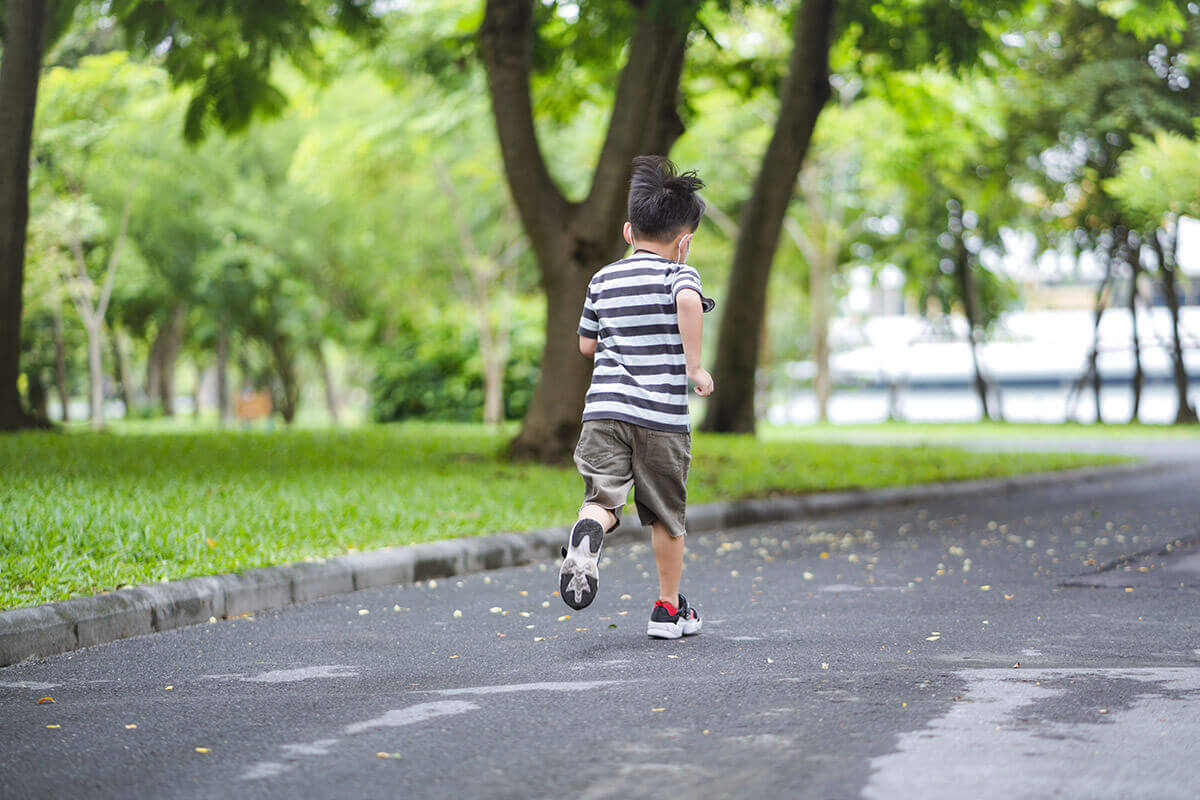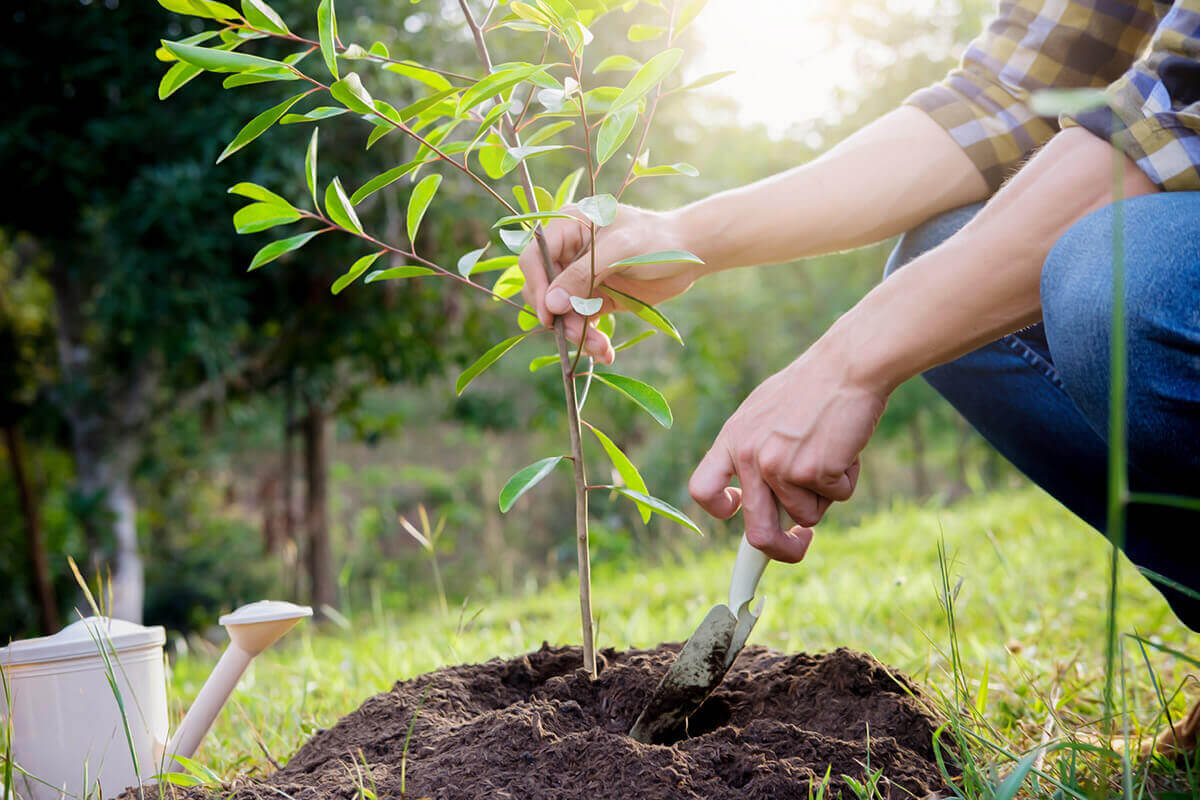There’s a reason plants and trees are known as nature’s air conditioning. Common materials around our homes such as concrete, bitumen, and bricks have high thermal mass – meaning they absorb heat during the day and release it at night.
During heatwaves, it’s not just the heat from direct sunlight that makes us hot – it’s also the release of heat from these high thermal mass materials found in cities and suburbs. The best solution to remedy this issue is to shade these common materials from the sun with trees and vegetation so that they don’t get hot in the first place. Trees will cool your home in a similar way to evaporative air conditioning - except without the high running costs.
"The trees, shrubs and grasses we plant are also natural cooling mechanisms – plants draw soil moisture up into their leaves, which then evaporates from the surface of the leaves and cools the air, much like an evaporative air conditioner. The Urban Heat Island Effect is reduced in suburbs that have good canopy cover."
Greening Australia
Planting tips
A deciduous tree may be more suitable if you want to allow for more light and warmth during the winter months. Evergreen trees are best situated to shade problematic west facades (to shade out that hot afternoon sun).
Vines on walls or a trellis (where appropriate) can also provide summer insulation to all orientations. Look for deciduous vines on all facades to allow warmth in winter and consider evergreen vines west facing facades.
Figure out where you want shade to be cast to assess an appropriate planting site. Check out the sun’s position at sunrise, specified times, and sunset to help you plan where best to plant for the beneficial shade outcomes.

